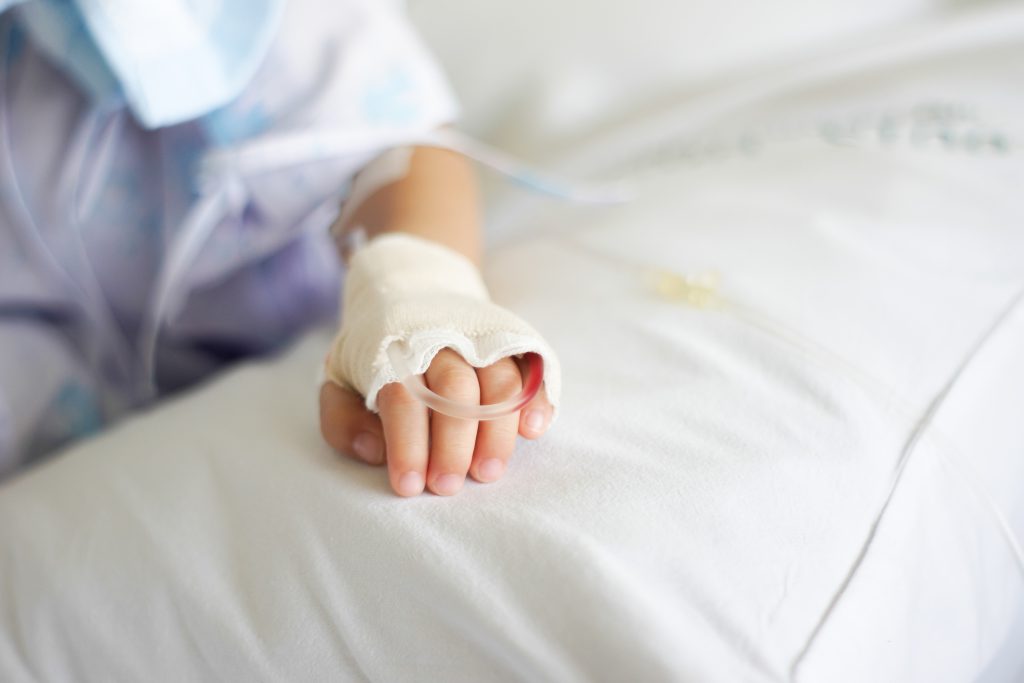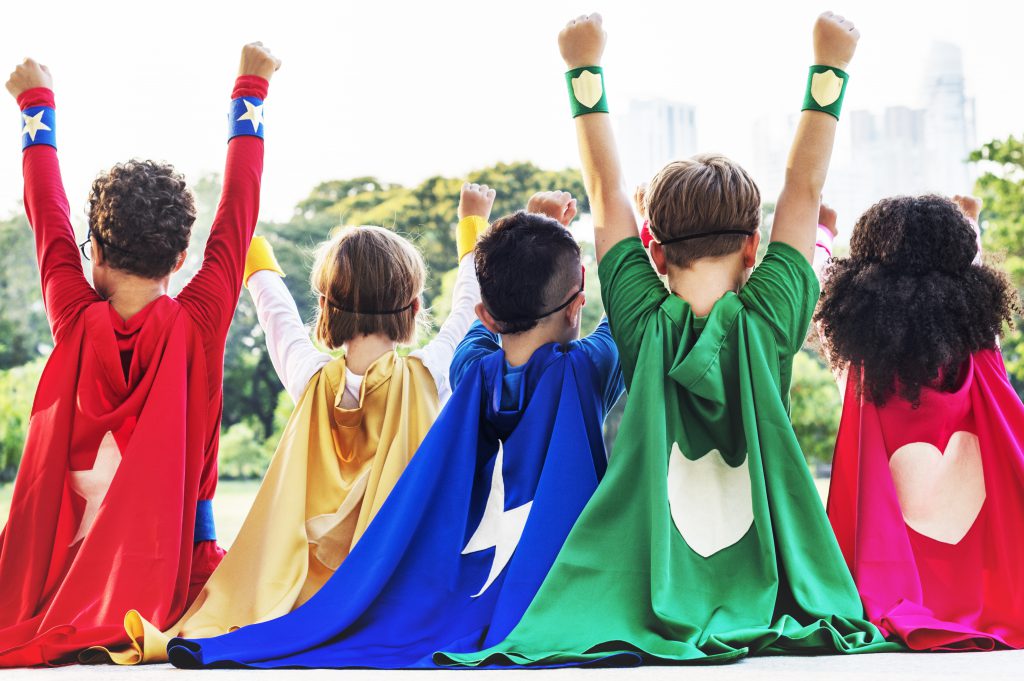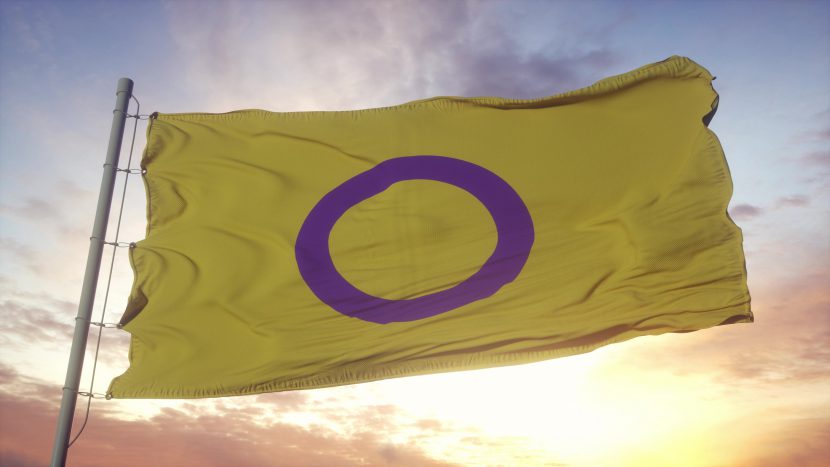“Medicine and society need to see intersex individuals as natural. I occur in nature and I demand to make my own decisions, the same as any other person. And I demand it for any individual who is born intersex.”
– Karen A. Walsh (Davis, 2016)
The term “intersex” is an umbrella term that describes bodily characteristics that cannot be assigned to the typical definitions of “boy” or a “girl” (United Nations & Commissioner, 2017). Intersex characteristics are often perceived as a medical condition that has to be “normalized”. These “normalizing” surgeries are frequently only performed for cosmetic purposes to meet the binary sex characteristics.
Children’s fundamental rights are violated through these medical procedures. The Convention on the Rights of the Child (CRC) promotes intersex children’s autonomy to consent to unnecessary medical surgeries. Only in exceptional cases, when medically necessary, medical experts should be allowed to perform these operations. It is essential to interpret medical necessity separately from social expectations that children’s bodies must conform to one of the binary genders.
“Normalizing” harmful surgeries on intersex children
Usually, most medical laws require the person’s consent to undergo medical treatment (Dunne, 2018). In most countries, parents or legal guardians are empowered to consent to medical care on behalf of their children (Dunne, 2018). For intersex children, this is highly problematic. Parents often decide on the advice of medical experts that their children undergo “normalizing” medical operations which have only cosmetic purposes(United Nations & Commissioner, 2017). This purpose is especially to adapt their physical characteristics to the binary of the sexes of “male” and “female”(United Nations & Commissioner, 2017).
In countries around the world, intersex children are frequently subjected to irreversible procedures that can cause permanent pain, infertility incontinence, loss of sexual sensation, and lifelong mental suffering, including depression (HRC, 2020; Agius, 2015). Empirical studies in Germany, for instance, had shown that many intersex children had received a gonadectomy, a reduction of their clitoris, a vaginal operation and a correction of their urinary tract (Agius, 2015).
Moreover, these surgeries are regularly followed by a series of operations and post-operative complications (Agius, 2015). Many intersex persons report that these treatments were traumatizing for them (Davis, 2016). They encompassed humiliating procedures such as being exposed to large groups of medical experts studying intersex characteristics (Davis, 2016; Agius, 2015).
Recognition of the interference with intersex children’s rights
It is recognized by several human rights bodies that these harmful surgeries violate intersex children’s rights. For example, the Special Rapporteur on torture and other cruel, inhuman or degrading treatment stressed that States should repeal any law allowing intrusive and irreversible treatments, including forced genital-normalizing surgery (Méndez, 2013).
In a statement in front of the Human Rights Council, 33 States “called on governments as a matter of urgency, to protect the autonomy of intersex adults and children and their rights to health, and to physical and mental integrity so that they live free from violence and harmful practices” (HRC, 2020). Also, the CRC Committee and the CEDAW Committee emphasized in their recommendations to States that cosmetic surgeries on intersex children need to be performed with the consent of the individual concerned (Committee, 2018; CEDAW, 2017).
Determination of “medical necessity” apart from binary social “norms”
Human rights bodies stress the urge to prohibit these “normalizing” surgeries on intersex children because their fundamental rights are violated. Article 19 of CRC codifies that States shall “protect the child from all forms of physical or mental violence, injury or abuse” (CRC,1989). Only within narrow limits, restrictions can be placed on this right. Regarding the medical interventions on intersex children, these may only be performed for reasons of medical necessity (Sandberg, 2018). Here, it is essential to determine the term “medical necessity” in a way that effectively protects intersex children.

To do so, one has to unwrap the reason for the unnecessary harmful surgeries on intersex children. Binary gender “norms” are the ones usually guiding the medical officers’ advice to parents to consent to children’s “normalizing” treatments (Dunne, 2018). They believe that children must conform to the gender categories of “girl” and “boy” in order to avoid being stigmatized or discriminated against (Dunne, 2018). Hence, the binary view of sexes in our society shapes the interpretation of medical necessity (Hegarty & Smith, 2021).
To safeguard children’s rights, “medical necessity” has to apply only when treatments are essential for children’s physical health, as in the event of imminent danger to life (Internationale Vereinigung Intergeschlechtlicher Menschen, 2020; OHCHR, 2019). In any other cases, surgeries on intersex children constitute a violation of the physical integrity under Article 19 CRC (Sandberg, 2018).
Promoting bodily diversity
Medical doctors’ arguments that intersex children suffer from bullying experiences or a sense of not belonging can never be a justification for performing surgeries (Hegarty & Smith, 2021). What is needed is an intensive examination in medicine of the physical diversity of bodies that do not have to be categorized.
Intersex children face discrimination (OHCHR, 2019) and thus, it is crucial to accurately address this discrimination within our society. It is necessary, to provide health care personnel – who are the closest involved in these surgeries –with training,teaching them about the human rights which are violated by these surgeries and the harmful consequences for intersex children (United Nations & Commissioner, 2017).
Children are the agents of their bodies
Especially, intersex children must be the agents of what happens with their bodies. Since they are the ones concerned, they have to decide whether a treatment should be performed (Dunne, 2018). Such a finding is supported by the underlying principle of the CRC: the autonomy of children (Sandberg, 2018). Children’s autonomy is supported by Article 12 CRC, which codifies children’s right to participation in all matters affecting them as well as by the right to identity protected in Article 8 CRC (Sandberg, 2018).
Sex characteristics of children concern a part of their identity (Davis, 2016). By interfering with their bodies without children’s consent, their right to identity is violated, as their identity has to be preserved (CRC, 1989; Sandberg, 2019). Since self-determination of one’s own body is a core part of one’s identity, medical interventions must be delayed until children are of an age to give informed consent (Intersexuelle Menschen e.V. , 2020; United Nations & Commissioner, 2017).
This decision-making process must be accompanied by peer consulting experts outside the medical setting (Intersexuelle Menschen e.V., 2020; Deutsches Institut für Menschenrechte, 2021). In this way, children are prevented from deciding to undergo medical procedures due to social pressure.
States have to comprehensively safeguard intersex children’s rights
That the “normalizing” procedures represent an inhumane condition is clear. What is needed now is for States to fully respond to these human rights-violating situations by creating laws that meet the needs of intersex children (United Nations & Commissioner, 2017). In recent years, there have been improvements in their protection. Germany, for instance, passed a law in 2021 that prohibits the surgery of intersex children for the sole reason ofadapting their bodies to the binary understanding of sex (Bürgerliches Gesetzbuch (BGB), 2021).
The German law is to be supported in the sense that it extends the protection of intersex children (Deutsches Institut für Menschenrechte, 2021). However, the scope of protection for intersex children is not fully comprehensive. The power to decide whether children fall under the protected group of intersex children is still based on medical guidelines that pathologize intersex children (Internationale Vereinigung Intergeschlechtlicher Menschen, 2020).
But, it is crucial to no longer measure treatments on intersex children by deviations from the binary genders (Internationale Vereinigung Intergeschlechtlicher Menschen, 2020). Instead, medicine and society need to recognize them as bodies that are not to be considered pathological, just as children’s bodies that correspond to the binary sexes.

We at Humanium promote bodily diversity amongst children. Humanium is working on creating a world where intersex children autonomously decide over their bodies. Join Humanium by sponsoring a child, making a donation, or becoming a member or a volunteer!
Written by Louisa Steffen
References:
Dunne, P. (2018). Towards Trans and Intersex Equality: Conflict or Complementarity? In J. M. Scherpe, A. Dutta, & T. Helms, The Legal Status of Intersex Persons (pp. 217-240). Intersentia, accessed on 11 April 2022.
Sandberg, K. (2018). Intersex Children and the UN Convention on the Rights of the Child. In J. M. Scherpe, A. Dutta, & T. Helms, The Legal Status of Intersex Persons (pp. 515-535). Intersentia, accessed on 11 April 2022.


